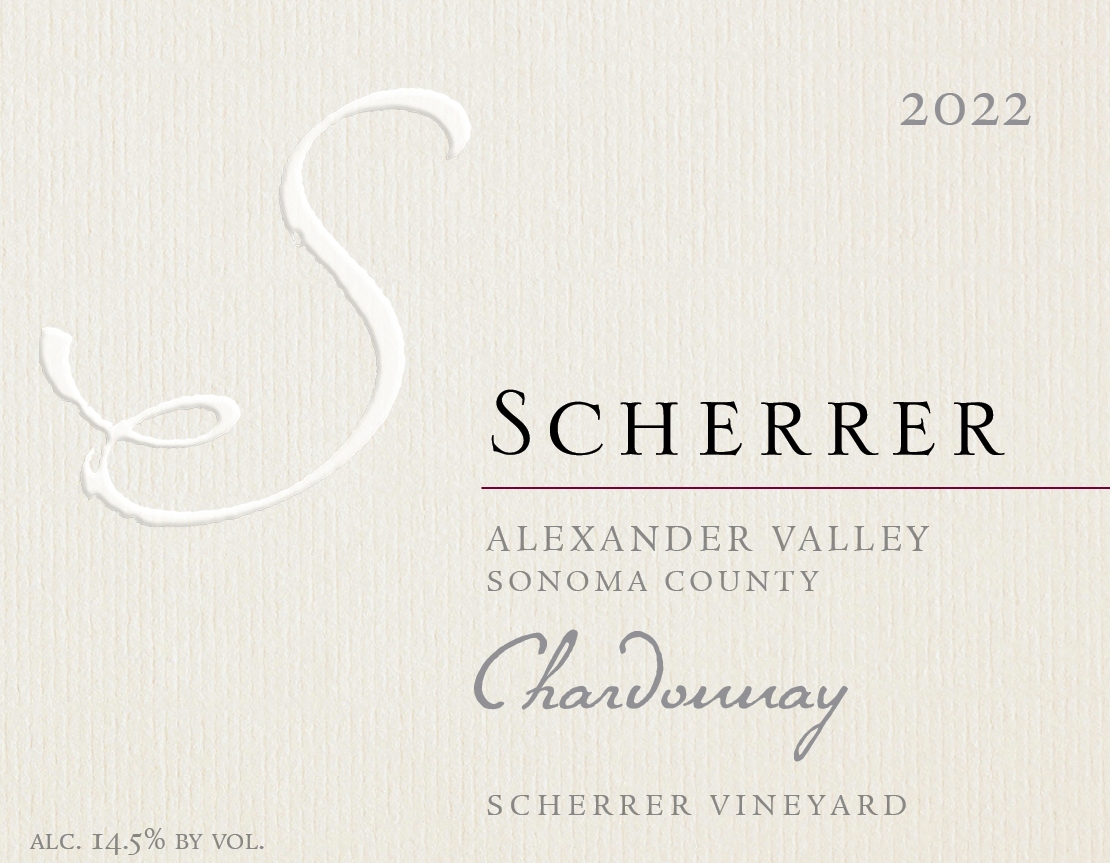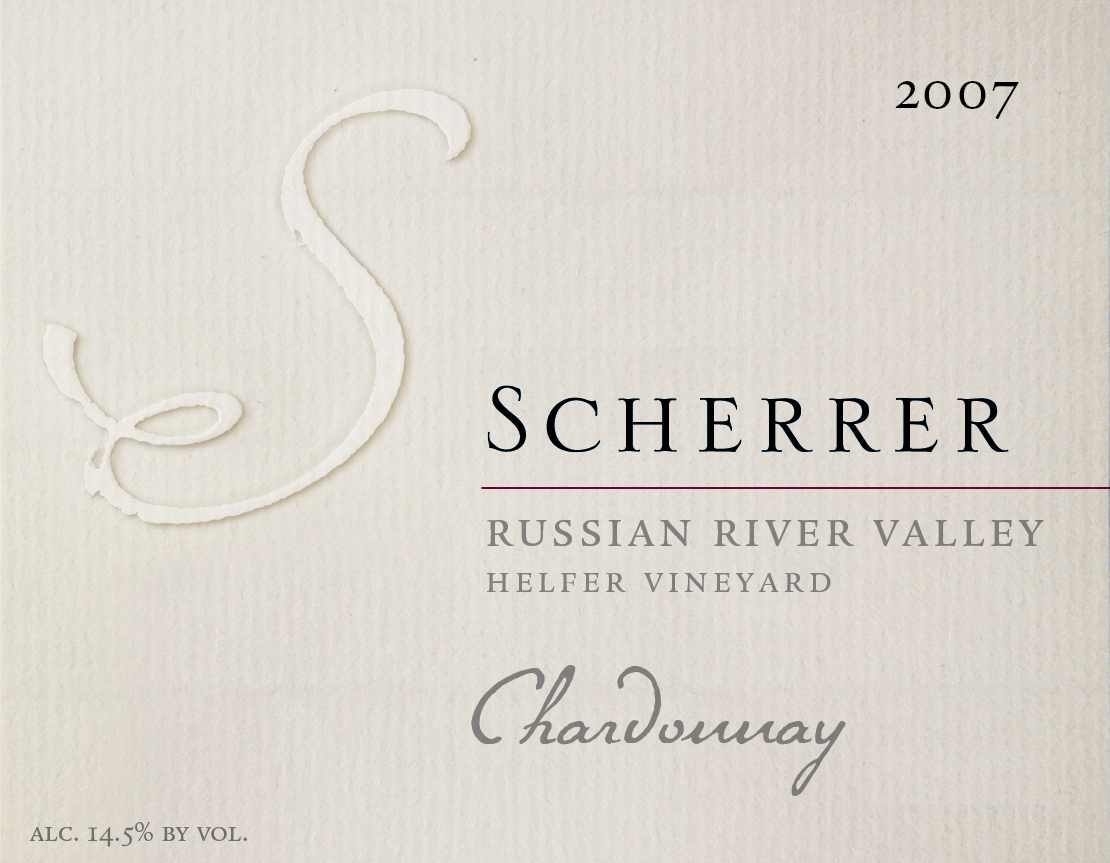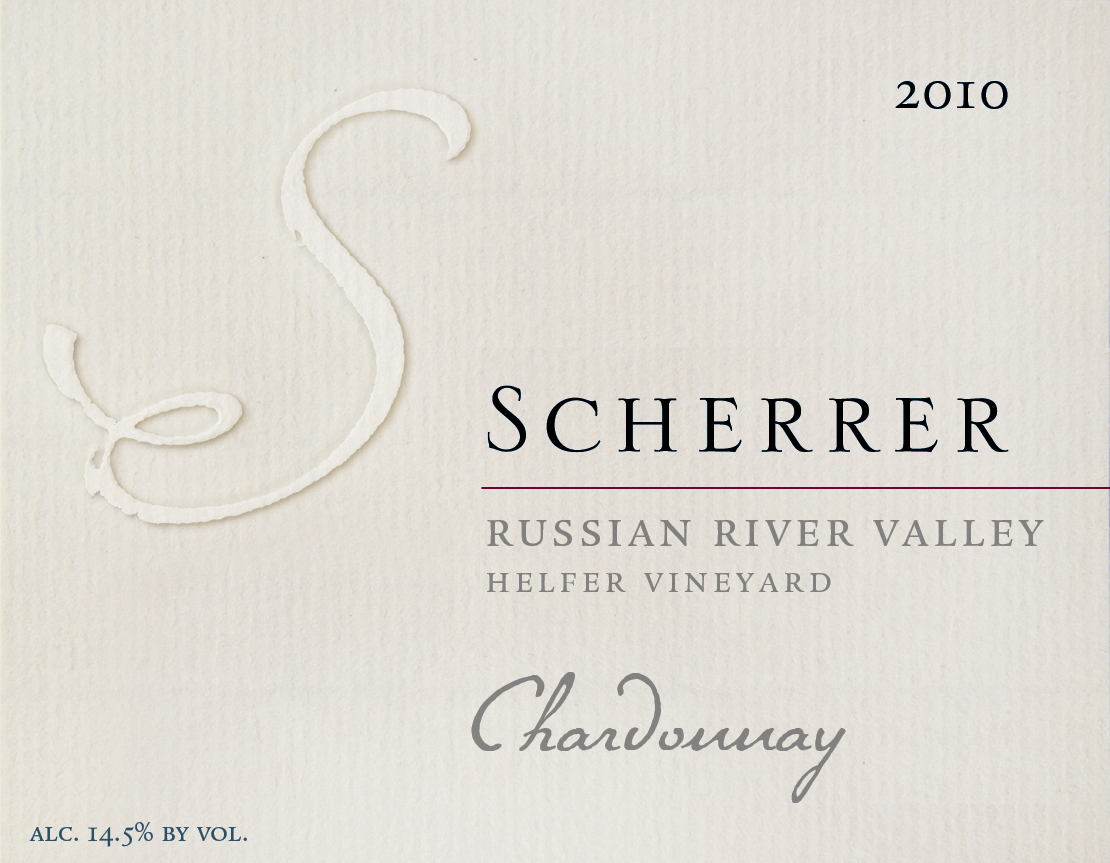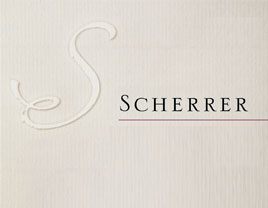Winemaker's Notes
During tasting visits by visitors to the winery, I regularly hear people tell me they don’t like Chardonnay, but they like ours. When I inquire as to why, the ‘buttery’ adjective comes up all the time as a turn-off for the varietal. I see ‘buttery’ used as a generic descriptor for two different reasons. First, low acidity can make the wine slide around like an oily substance low on ‘angles’ and so seem ‘buttery’ as in flat and spineless. Secondly, diacetyl (which is the main compound responsible for the buttery flavor and aroma in wine) is a natural component of butter and can also be a product of malolactic fermentation. While both red and white wines can undergo malolactic fermentations, the ‘buttery’ characteristic is typically described more often in white wines. In very young reds, it presents more as a ‘cheesy’ descriptor because reds generally live in barrel on lees longer than whites, so the still-active enzymes from the dead yeast on the bottom of the barrel can convert whatever small amounts of diacetyl that may be produced by the bacteria into other compounds that do not have that sensory signature or intensity. Keep this in mind for what follows.
Quick science section for those who will appreciate it: alcoholic fermentation is conducted by yeast (a single-celled fungus) that converts grape sugar to alcohol, CO2, Glycerol and many other compounds. Malolactic fermentation is conducted by bacteria (a more simple life form) that scavenges carbon sources in the wine and converts Malic acid to Lactic acid plus CO2 and a number of lesser compounds, most notably diacetyl which is a component of butter’s flavor.
Despite our Chardonnay undergoing a long, slow malolactic fermentation on yeast lees and aging there for many, many more months, it is rarely described as ‘buttery.’ There are several reasons for this. First, the wine has sufficient mouth-watering acidity which gives a salivary response and a cleansing effect in the mouth avoiding the first factor in presenting as ‘oily- buttery’. Secondly, whatever small level of diacetyl the resident bacteria we have produces during malolactic fermentation is converted to other interesting non-buttery signature compounds over the many months in barrel by the yeast enzymes. Additionally, the type of and level of new oak we have selected to support the fruit material is allowed to soak into the wine for many months before the malolactic bacteria get very active. This means the bacteria convert some of the initial, raw oak extractives into more subtle and interesting compounds, further feathering that component into the entire wine for a more seamless product. You may now see the appeal of a long, slow malolactic fermentation. The downside is that it takes up more floor space and barrels while slowing cash flow for the producer and making hired enologists at larger producers concerned about ‘something going wrong’ if it takes more than a few weeks to complete. This is an example of other forms of dynamic tension, between craft and cash flow, and between high form of craft and risk aversion.
Lemon-lime, brioche, petrichor and a slight floral note greet the nose. Flavors of Gravenstein apple tart, crust and all, some lemon posset with a minerally note on the finish. There is a good juxtaposition of acidity and richness (angles and rounds) with extraordinary texture and length of flavor persistence with some tension as it rolls along through all these facets. What is fascinating to me is despite about 23 months in barrel, it is very fresh and uplifting. The expired yeast on the bottom of the barrel are the answer due to their oxygen scavenging properties, but that is a discussion for yet another time.





